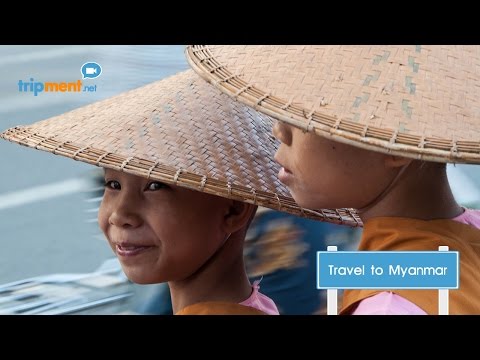
Myanmar, formerly known as Burma, is a country rich in history, culture, and natural beauty. It has opened its doors to tourism relatively recently compared to its neighbors like Thailand and Vietnam. This late bloom in tourism means many parts of Myanmar remain unexplored by foreign tourists, offering a more authentic glimpse of Southeast Asian life. Here’s what you need to know when planning a trip to this intriguing destination.
### Best Time to Visit
Myanmar has a tropical monsoon climate with three main seasons: hot (March to May), rainy (June to October), and cool (November to February). The cool season is generally considered the best time to visit, as the weather is more temperate and dry, making it ideal for sightseeing and outdoor activities.
### Must-Visit Destinations
#### Yangon
Formerly the capital city, Yangon remains the country’s largest city and main economic hub. The Shwedagon Pagoda is its most famous landmark — a stunning golden stupa that is arguably Myanmar’s most sacred Buddhist site. The city also offers bustling markets, colonial architecture, and delicious street food that reflects the diverse cultures within Myanmar.
#### Bagan
No trip to Myanmar would be complete without visiting Bagan. This ancient city was the capital of several ancient kingdoms in Myanmar and is one of the world’s greatest archaeological sites. A vast area filled with more than 2,000 pagodas, temples and monasteries dating back over many centuries makes it a breathtaking sight especially at sunrise or sunset.
#### Mandalay
As the last royal capital of Burma, Mandalay remains central to Burmese culture. Here you can explore traditional workshops involving woodcarving and gold leaf beating. Mandalay Hill provides panoramic views of the sprawling city below and is especially beautiful at sunset.
#### Inle Lake
Known for its floating villages and gardens, Inle Lake offers a serene escape from urban life. The lake is famous for its leg-rowing fishermen who have mastered an unusual technique where one leg is wrapped around a single oar to propel their boats while keeping their hands free for fishing.
### Travel Tips
– **Local Customs:** Respect local customs and religious sites by dressing modestly (covering shoulders and knees) when visiting temples or rural areas.
– **Transportation:** Domestic flights are often used between major tourist destinations due to poor road conditions; however exploring by riverboat or train provides an immersive local experience.
– **Currency:** The local currency is the Kyat (MMK). Credit cards aren’t widely accepted outside major hotels or businesses so carrying cash is essential.
– **Language Barrier:** English isn’t widely spoken outside tourist areas so learning a few basic phrases in Burmese can be helpful.
– **Safety:** While political instability has historically been an issue in certain parts of Myanmar, most tourist regions remain safe for travel if current travel advisories are heeded.
### Ecotourism Focus
Myanmar also emphasizes ecotourism initiatives aimed at preserving its pristine landscapes while providing sustainable income sources for local communities. From trekking in Putao and Kengtung exploring untouched natural habitats teeming with wildlife, these efforts ensure responsible travel practices that promote environmental preservation.
### Conclusion
Traveling to Myanmar offers an unparalleled opportunity to witness both untouched beauty as well as cultural treasures still preserved from mass tourism impacts seen elsewhere in Southeast Asia. With careful planning respecting local traditions along with an adventurous spirit ready for unpredictability that comes with less frequented paths — journeying through Myanmar can truly be an enriching experience unlike any other on earth!
